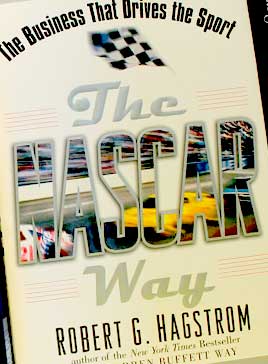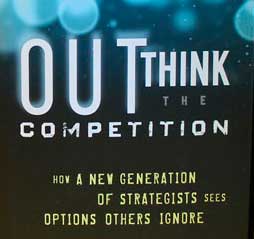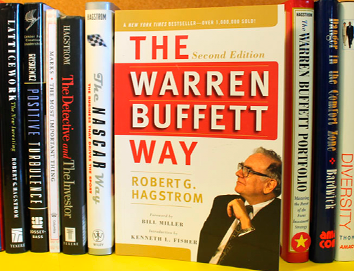


At the beginning is the acquisitions editor. This is the person on the editorial staff at the publishing company who says “yes” to the proposed project, persuades the full editorial committee that the book should be published, and serves as its champion throughout the entire publishing process. This editor plays a significant role in the book’s design, marketing, contract negotiation, sales and distribution. But seldom does she or he put pencil to paper (or fingertips to keyboard), making the fine-point changes that most people think of when they hear the word “editor.”
Next in line comes a developmental editor. If needed – not all manuscripts need the kind of major overhaul that developmental editors perform. It involves completely restructuring the book. The process calls for the editor to assess the manuscript from a macro perspective, pinpoint its weaknesses, and then create an entirely new architecture for the book, discarding some of the original elements, rearranging others and then rewriting them, and writing wholly new sections to fill the gaps and tie the pieces together. The end result is a completely new book, one that retains the key ideas and the author’s voice, but in a much more readable, more marketable presentation. Developmental editors typically take overall direction from the acquiring editor.
Another term that floats around a lot is book doctor. It’s catchy, but imprecise. As generally used, it lies somewhere between developmental editor and line editor, explained next.


